When 45-year-old Natasha Hudnell handles errands, her 10-year-old son, Zoc’Kese, is quick to jump out of their minivan and fetch her walker.
It’s a temporary situation.
“He’s taking care of me,” said the single mother of three. “But I don’t want him to always need to take care of me. I don’t want to be the mom on the sidelines.”
In mid-September, doctors replaced Hudnell’s left knee. She’s recovering from that, but she’s also been recovering from a right knee replacement surgery on Valentine’s Day.
Her painful knee problems began more than 10 years ago. An unsuccessful surgery in 2009 only made things worse. It got to the point where she hesitated to babysit her granddaughters.
“They were moving faster than me,” she said. “I felt unsafe. I didn’t want them running off.”
When one of her aunts had a knee replaced, Hudnell couldn’t help but wonder if the same surgery would work for her.
‘On your team’
Hudnell sought help from her aunt’s doctor, Hassan Alosh, MD, a Spectrum Health orthopedic surgeon specializing in joint reconstruction.
Typically, doctors like to wait until patients are in their 50s or older before resorting to knee replacement surgery. But in Hudnell’s case, an outside surgeon had performed a leg realignment procedure that failed, causing her to develop a progressive deformity and nerve problems.
Her arthritis, nerve issues and severely deformed joints were debilitating.
“She had a very bad problem,” Dr. Alosh said. “She was pretty disabled and not able to walk that well, even with a walker.”
Dr. Alosh had initially agreed to replace Hudnell’s right knee, which had a tendency to collapse inward. The surgery and recovery went well, but the pain in her left leg soon worsened.
Look at every day like it’s your birthday and there’s not anything you can’t do.
That’s when Dr. Alosh issued a challenge: He would operate on her second knee, but only if she lost 40 pounds. He knew this would increase the likelihood of a favorable result.
“He made me a bet,” Hudnell said. “I just went for it. I wanted the surgery done.”
Over the summer, she changed her eating habits. She added more fruits and vegetables. She also became more active.
By fall, the excess weight had disappeared. She found herself surgery-ready.
“God lets you find someone who is on your team,” Hudnell said. “He sent Dr. Alosh to fix me up.”
When all else fails
Patients with knee pain should begin by trying non-invasive approaches such as weight loss, a more active lifestyle and low-impact aerobic exercise, Dr. Alosh said. Anti-inflammatory drugs and injections can also help.
But when all else fails, a full or partial knee replacement can transform a life.
“I probably spend more time trying to talk my patient off the ledge than trying to talk them into surgery,” he said. “Knee replacement is a long process. If someone thinks it’s a quick fix, they will be disappointed.”
It can take 12 to 18 months for patients to reach their full potential, with most of the heavy lifting done in the first six weeks.
“Recovering from knee replacement surgery is a marathon, not a sprint,” Dr. Alosh said.
That has been true for Hudnell, who attends out-patient physical therapy twice a week. She’ll need to continue with home exercises indefinitely.
Dr. Alosh is optimistic about Hudnell’s outcome. He credits her success to her abundant energy.
“I push myself to the limit every day,” Hudnell said. “There’s no such thing as ‘I can’t’ or ‘I’m hurting too bad.’”
She encourages others who have pain to get to the root of the issue, and then come up with a game plan.
“Look at every day like it’s your birthday and there’s not anything you can’t do,” she said.
Although balance and pain are still issues, she is motivated to stick with her plan. By next summer, she hopes to be riding a bike with her son and granddaughters.
“A little more work and staying under God’s wing, and I’ll be okay,” she said.

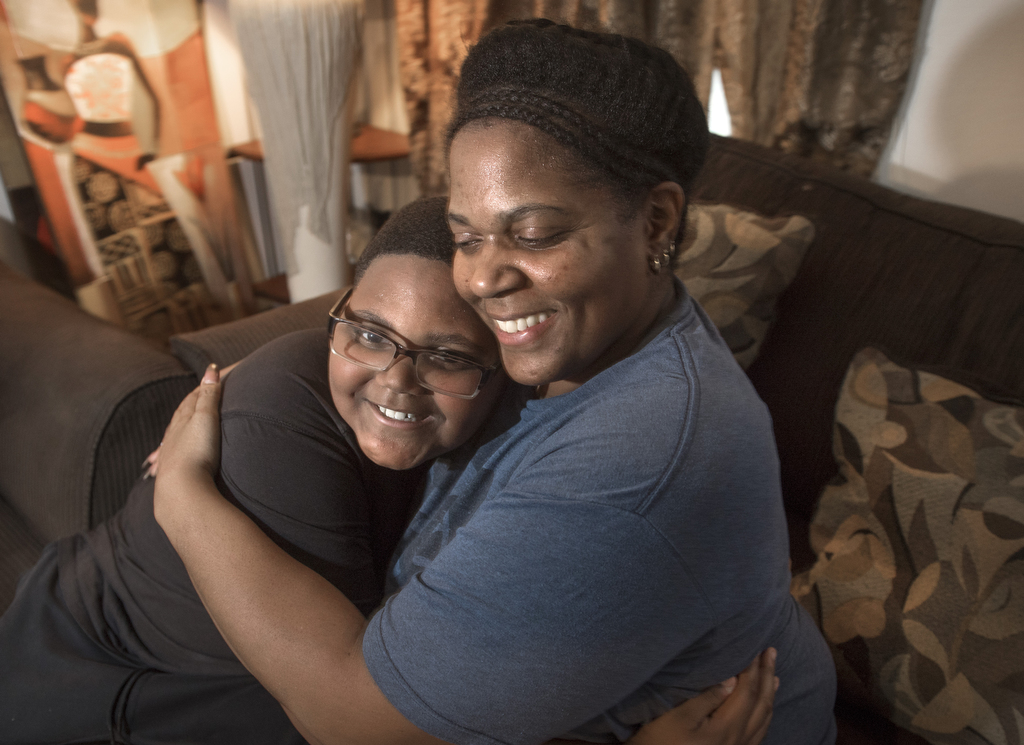
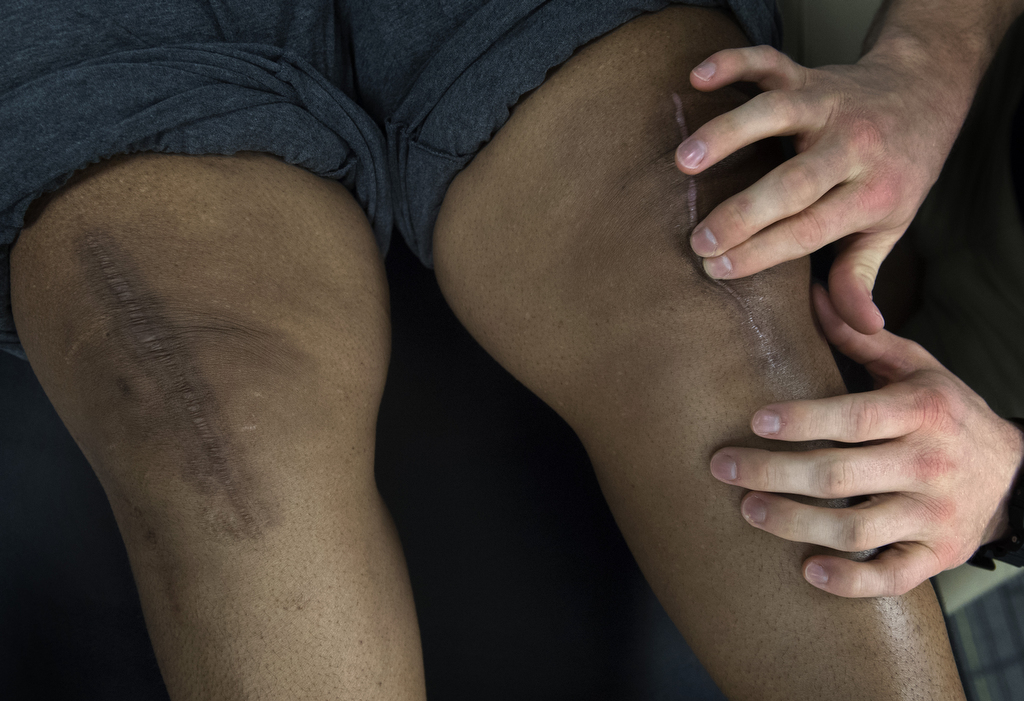
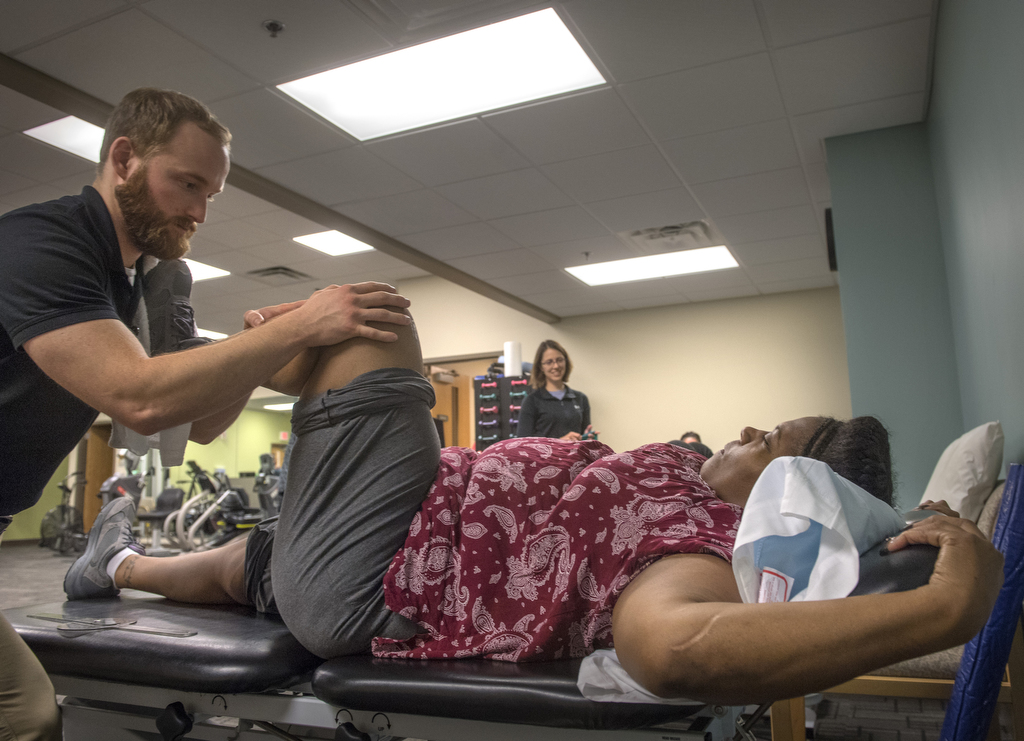
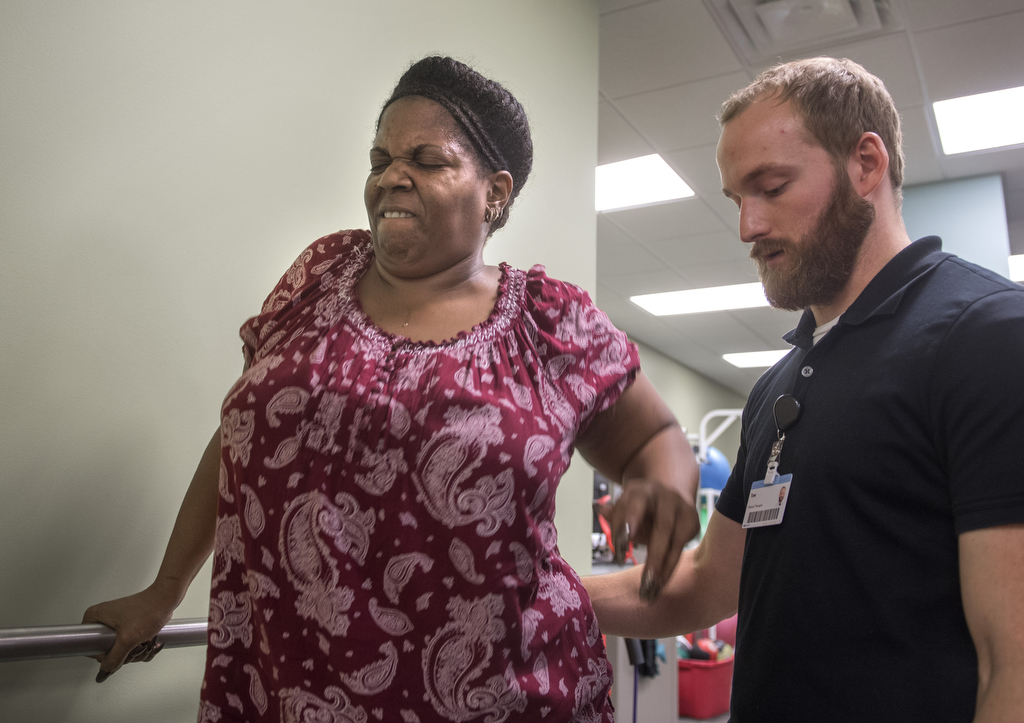

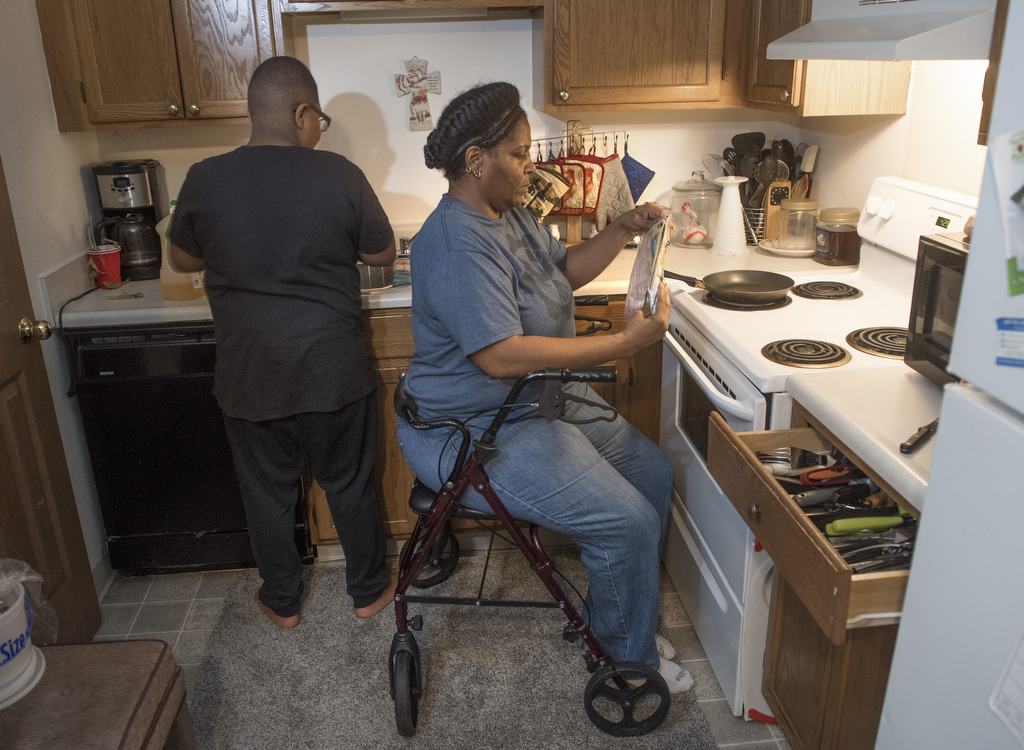
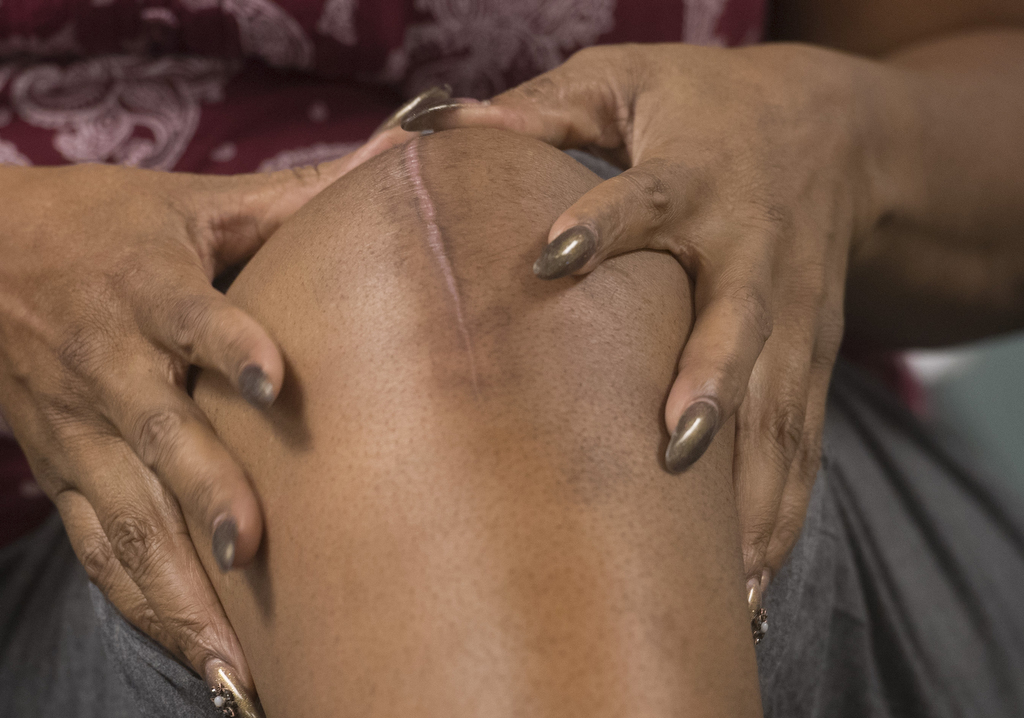
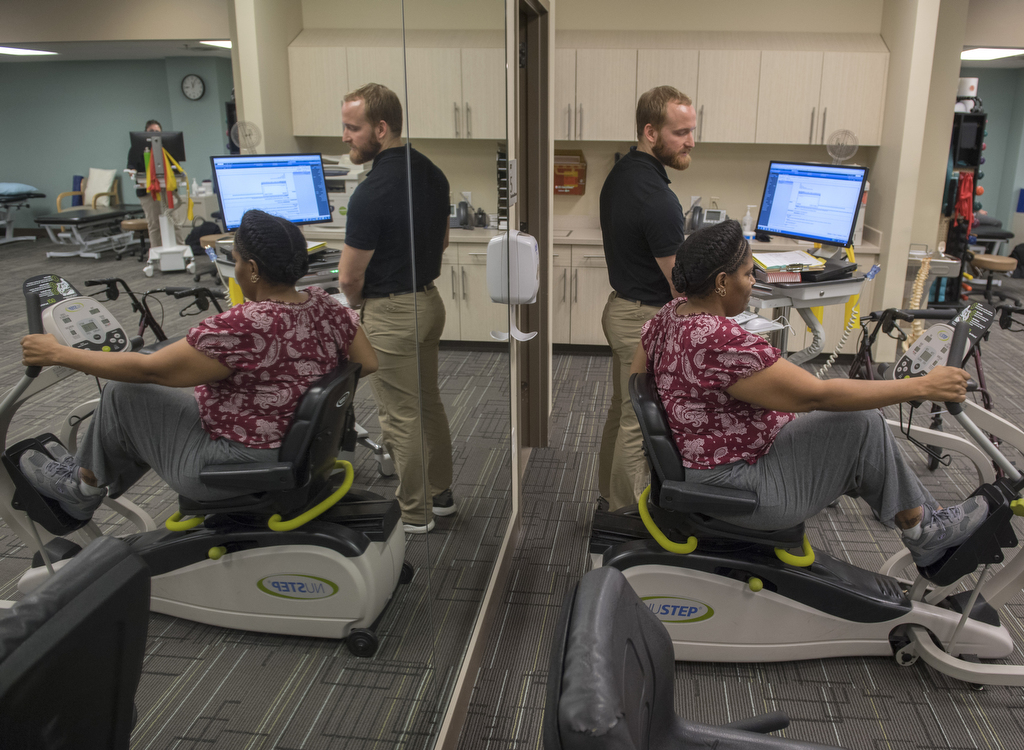

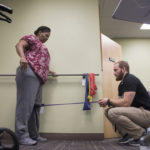



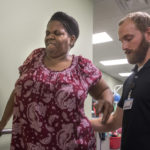
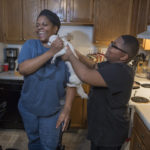
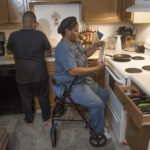



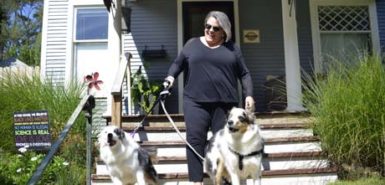 /a>
/a>
 /a>
/a>
 /a>
/a>
Beautiful Thanks